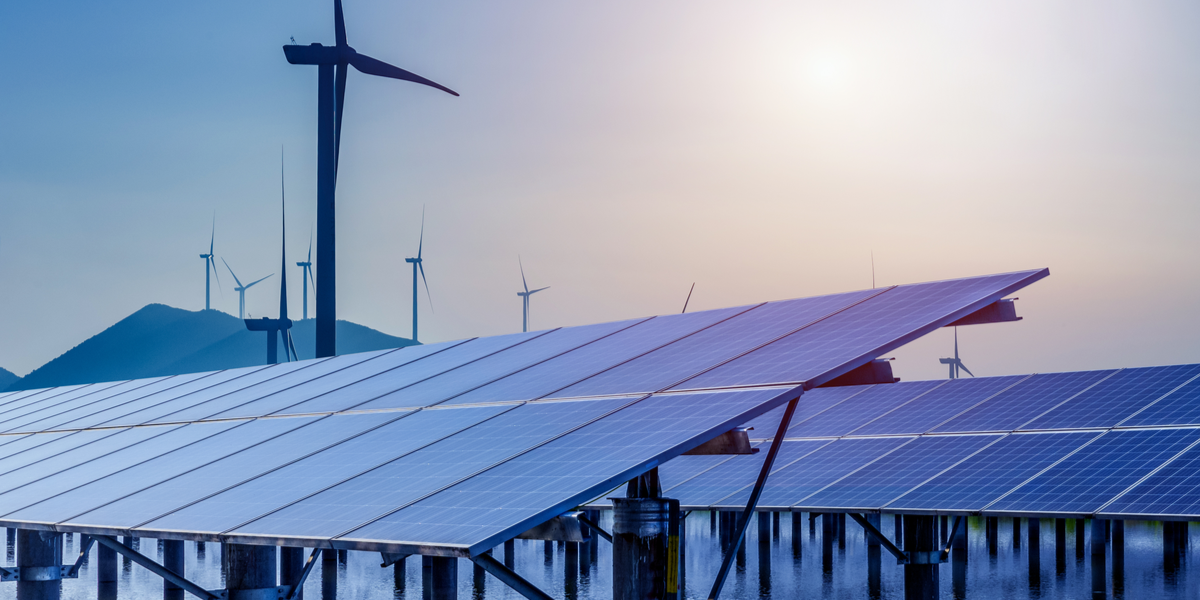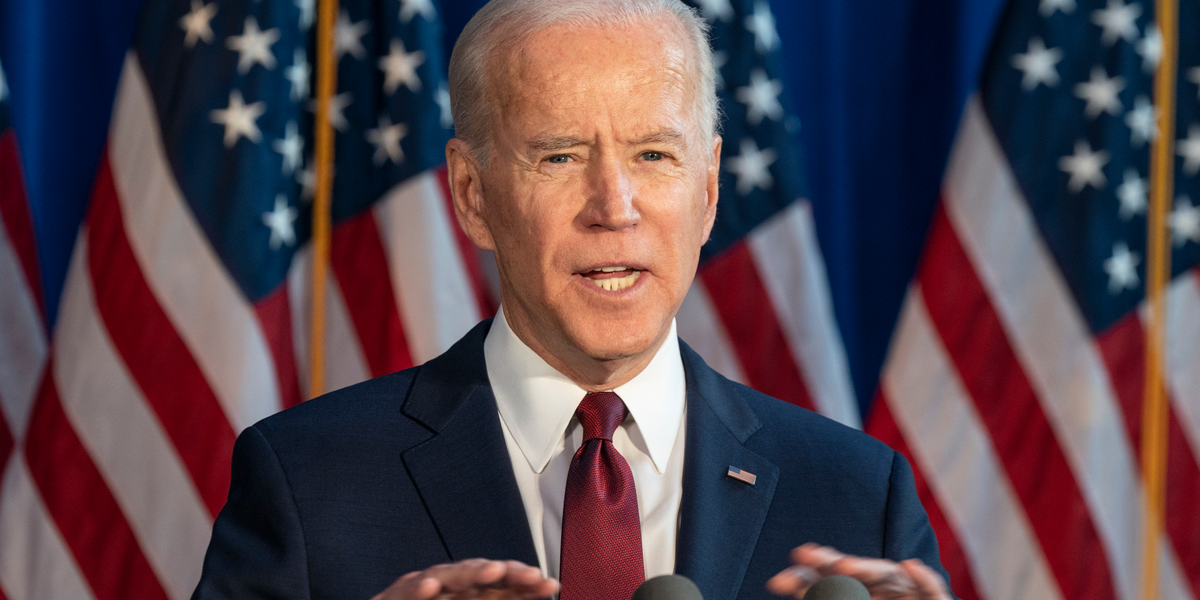Minnesota Shows Strong Leadership in Energy Productivity
Let's Save Energy
Alliance to Save Energy's Blog
Minnesota Shows Strong Leadership in Energy Productivity

As part of our Accelerate Energy Productivity 2030 initiative, a collaborative effort to help achieve the President’s goal of doubling U.S. energy productivity by 2030, we’re in St. Paul today for our third State and Local Dialogue with the Department of Energy (DOE) and the Council on Competitiveness (Compete). We’ll hear from local and national government leaders along with representatives from local utilities, businesses, academia and more.
Thanks to the tremendous work already being done to support greater energy productivity in Minnesota, there’s a strong foundation for achieving the goal. Read on for a few great examples, and check out our Energy Efficiency in the Upper Midwest Fact Sheet to learn more about established and ongoing efforts in the greater region.
Savings Programs
Minnesota continues to lead the way in energy efficiency by offering technical, contractual and financial resources to institutions at each level of government as well as by instituting programs that incentivize efficiency, conservation and innovative technology. Through the Guaranteed Energy Savings Program implemented in 2010, school districts, universities, local governments and state agencies can engage in Energy Savings Performance Contracts through the state’s Division of Energy Resources. These contracts not only create jobs and save on operational costs, but also effectively reduce overall energy consumption with the goal of a 20 percent aggregate reduction in state agencies.
Since the EPA tasked states with a goal to reduce energy use by 1.5 percent each year leading up to 2030, Minnesota has been the role model for the Upper Midwest — cutting energy use in 2012 over 2011 by 1.12 percent. Minnesota’s government agencies have emphasized the creation of projects and programs to meet federal goals. In response to the EPA’s recommendation, the 1.5 Percent Energy Efficiency Solutions Project was formed. Through the initiative, nonprofit, environmental and public groups came together on a short term basis to connect with contractors, trade groups and utility companies to brainstorm the policy barriers that were currently blocking the path to achieving 1.5 percent annual efficiency savings. Since issuing a final report in 2011, stakeholders have continued to work with agencies to promote progress in energy efficiency and reach the goal of 1.5 percent annual savings.
Efficient Manufacturing
Manufacturing is yet another sector in which Minnesota has promoted high standards of efficiency. With the help of grant funding, the Minnesota Technical Assistance Program (MnTAP) now supports two manufacturing facilities each year on a three year cycle to determine where efficiency opportunities exist and which strategies would be best for effective implementation. The impetus for this program came from a report by MnTAP in 2010 that revealed potential gas and electric savings in Minnesota’s industrial sector of over 2.5 million MCF (8 percent) and 271.4 million kWh (7 percent). As a result, MnTAP’s work with individual manufacturing companies each year could eventually lead to an effective statewide Conservation Improvement Program based on the case studies with individual companies about which strategies and implementation programs are most effective.
Green Fleets and Streets
The Green Fleet Policy requires the city of Minneapolis to obtain highly efficient vehicles that emit the lowest levels of pollutants, and the city also has an anti-idling policy to deter city fleets and other automobiles from unnecessarily polluting the air. Public lighting has undergone updates, particularly in the last months of 2014 when the city purchased 1,000 LED fixtures for replacing HID street lights. For building standards and energy codes, Minneapolis continues to raise the bar. LEED Silver standards must be implemented in every phase of the building or significant renovation process for city municipal complexes. City financed buildings must also be outfitted with ENERGY STAR appliances if applicable under the Environmentally Preferable Purchasing Policy.
Through these wide-reaching efforts, it’s clear Minnesota and the region has recognized the importance of energy productivity. Across sectors, the state has established long-term plans to implement greater efficiency, and we look forward to seeing how further progress can be achieved.
STAY EMPOWERED
Help the Alliance advocate for policies to use energy more efficiently – supporting job creation, reduced emissions, and lower costs. Contact your member of Congress.
Energy efficiency is smart, nonpartisan, and practical. So are we. Our strength comes from an unparalleled group of Alliance Associates working collaboratively under the Alliance umbrella to pave the way for energy efficiency gains.
The power of efficiency is in your hands. Supporting the Alliance means supporting a vision for using energy more productively to achieve economic growth, a cleaner environment, and greater energy security, affordability, and reliability.



